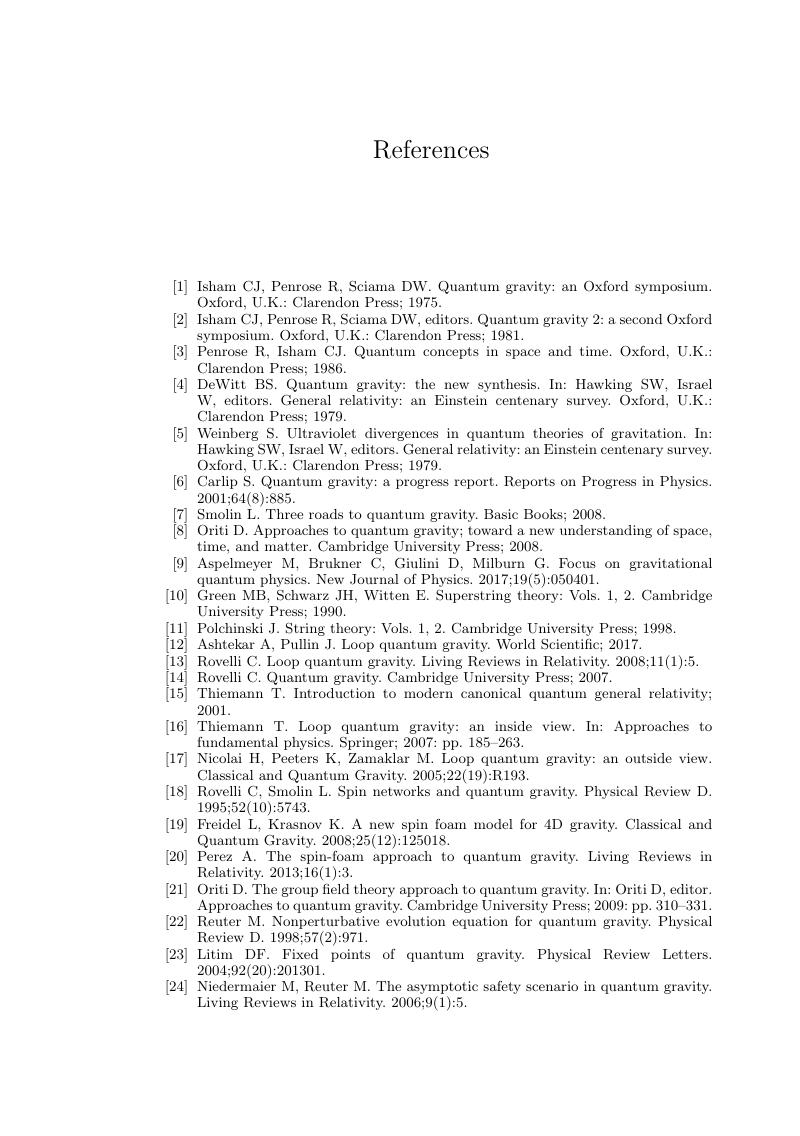Book contents
- Frontmatter
- Dedication
- Contents
- Preface
- 1 Overview: Main Themes. Key Issues. Reader’s Guide
- Part I Effective Action and Regularization, Stress Tensor and Fluctuations
- Part II Infrared Behavior, 2PI, I/N, Backreaction and Semiclassical Gravity
- Part III Stochastic Gravity
- Part IV Cosmological and Black Hole Backreaction with Fluctuations
- Part V Quantum Curvature Fluctuations in de Sitter Spacetime
- References
- Index
- References
References
Published online by Cambridge University Press: 20 January 2020
- Frontmatter
- Dedication
- Contents
- Preface
- 1 Overview: Main Themes. Key Issues. Reader’s Guide
- Part I Effective Action and Regularization, Stress Tensor and Fluctuations
- Part II Infrared Behavior, 2PI, I/N, Backreaction and Semiclassical Gravity
- Part III Stochastic Gravity
- Part IV Cosmological and Black Hole Backreaction with Fluctuations
- Part V Quantum Curvature Fluctuations in de Sitter Spacetime
- References
- Index
- References
Summary

Information
- Type
- Chapter
- Information
- Semiclassical and Stochastic GravityQuantum Field Effects on Curved Spacetime, pp. 550 - 590Publisher: Cambridge University PressPrint publication year: 2020
